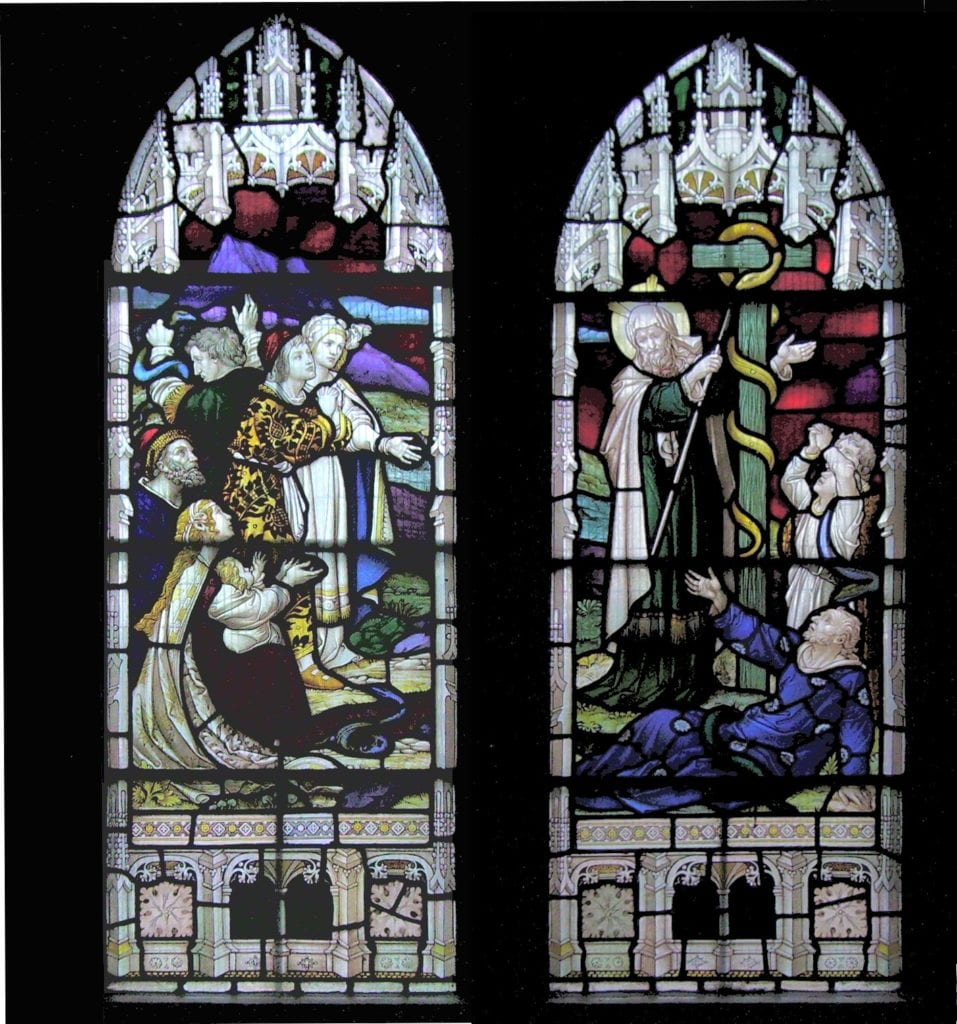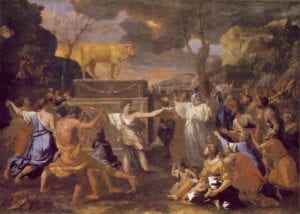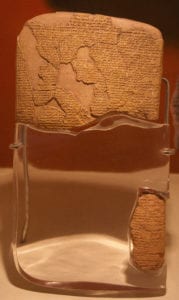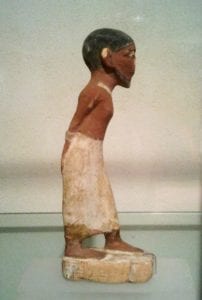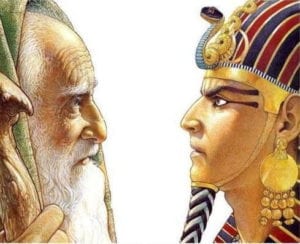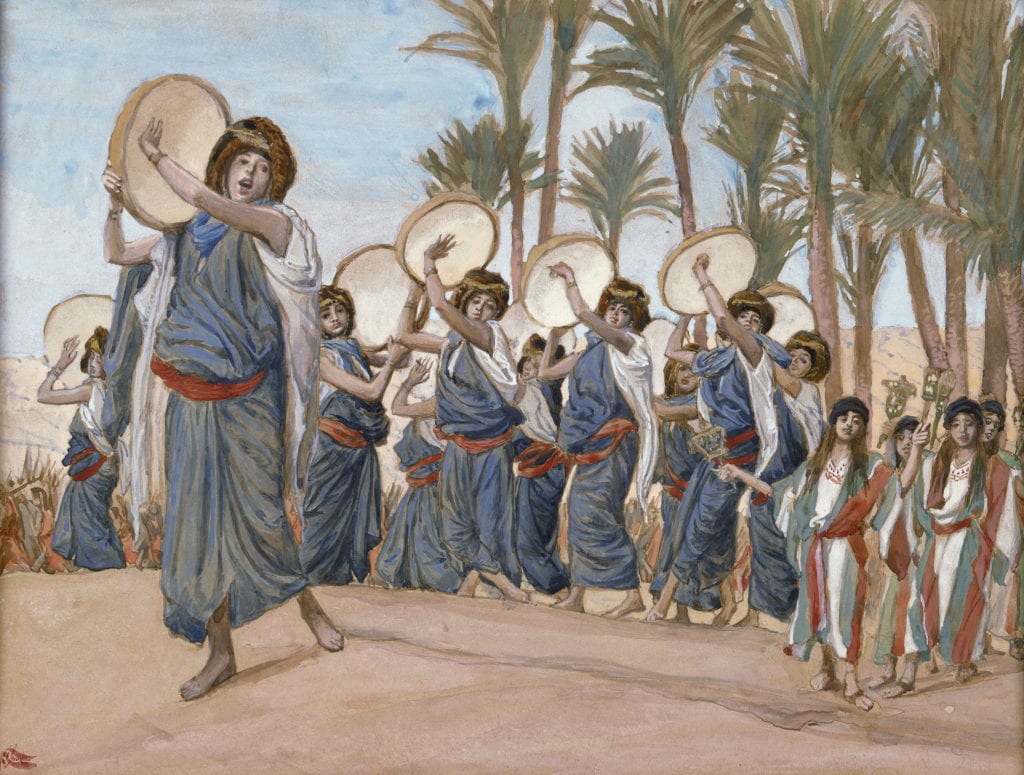
An Old Testament KnoWhy relating to the reading assignment for Gospel Doctrine Lesson 18: “Be Strong and of a Good Courage” (Joshua 1-6; 23-24) (JBOTL18A)
Question: Israel was commanded to “utterly destroy” the Canaanites and the book of Joshua later claimed that they had done so. Why do archaeological findings and other references in the Bible make it seem that this was not actually done? What does it mean to “utterly destroy”? And why would God command such a thing in the first place?
Summary: There is no simple answer to these questions. As confidence in the likely timeframe for the Exodus and the rise of early Israel has increased, it has easier for archaeologists to pinpoint the conditions in Canaan when Joshua and his people entered the land. Surprisingly, there is little evidence for the picture of widespread warfare and displacement of Canaanite religion and culture that the book of Joshua seems to portray. After summarizing the archaeological evidence, I will argue that we can sometimes be misled by the assumptions we make when we encounter difficult-to-understand scriptural passages. Although the scriptures are trustworthy, coming to understand them is a lifelong effort. To understand the book of Joshua, we need to consider that its purpose is something more than simply laying out “exactly what happened” (in the modern sense) when Israel entered Canaan. Part of the problem in understanding Joshua may be in that the words “utterly destroy” do not accurately convey the meaning of the Hebrew term ḥerem. The story of Joshua should be interpreted in light of the larger, divine scheme of things outlined throughout the rest of scripture. It is a story from which everyone can continue to learn.
The full article may be found at the Interpreter Foundation website: KnoWhy OTL18A — Did Joshua “Utterly Destroy” the Canaanites
For an interview of John Walton about his book on the conquest of Canaan, see https://www.youtube.com/watch?v=Fbm_JSa9Hcw
